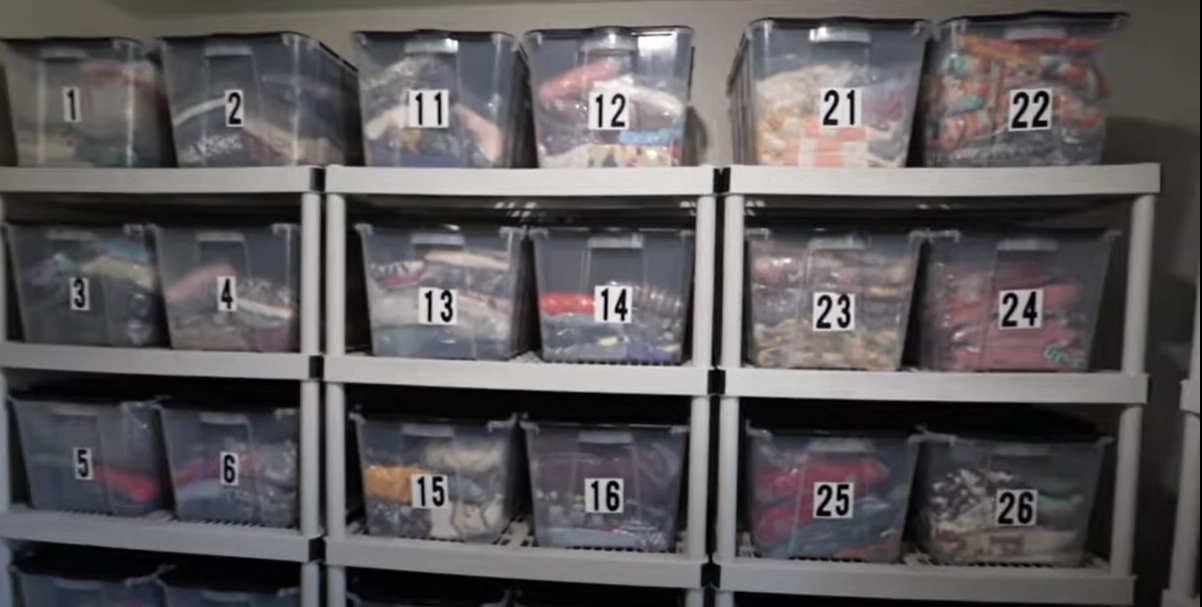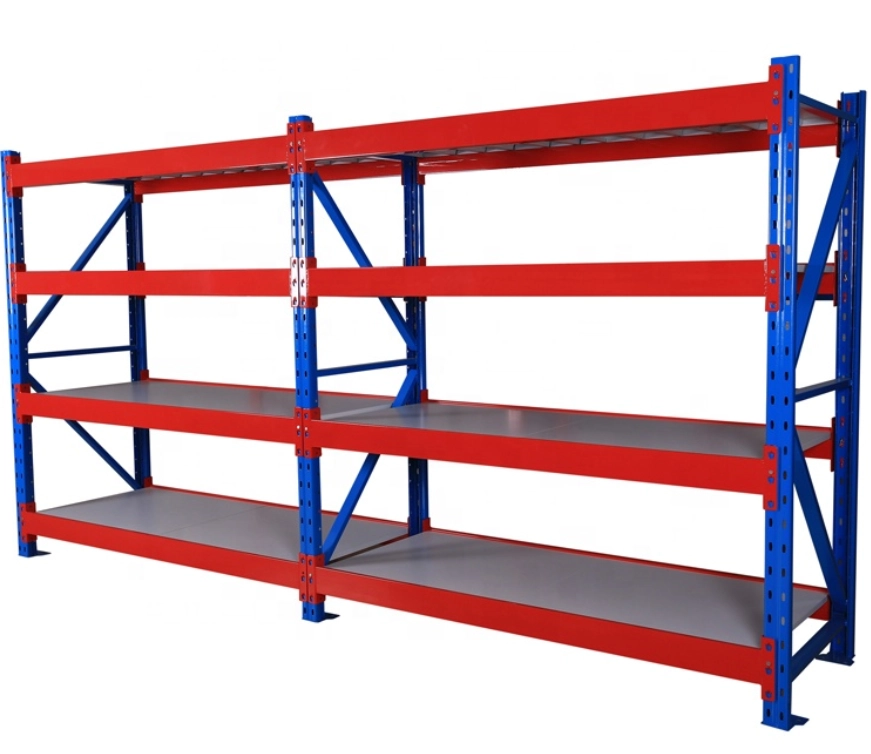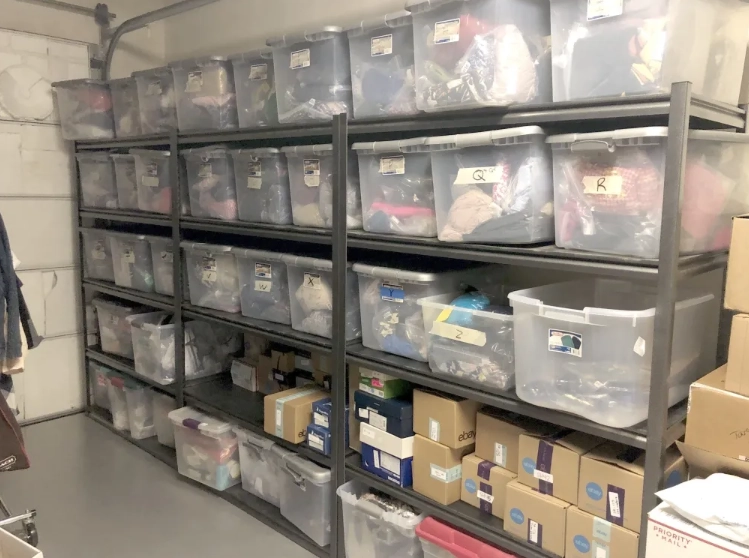How to Organize Clothing Inventory
A well-organized store can take your boutique business to the next level. Inventory management can help you balance enough inventory to fulfill customers’ orders quickly and accurately.
Fortunately, there are several tips that you can follow to get your inventory organized and running smoothly.
So, without any further ado, let’s discuss how to organize clothing inventory.
Tips to Organize Your Inventory for Clothing
Well, here are some quick tips you can follow to manage your boutique inventory.
1. Use Labels
When it comes to optimizing inventory, the first thing you should do is use labels.
Labeling can help you and your employees find a particular product in no time. While labeling, you must keep the followings steps in mind:
- First off, label the boxes like in the picture above. It will help you see which container you're going to open.
- Don't forget to label the products in those boxes. Every product in the inventory must include basic details, including SKU code, color, and the number of items the package contains (with sizes) in the box.
- You must keep all this information in your clothing inventory spreadsheet.
If you're wondering how to make a clothing inventory spreadsheet, you can consider the following steps:
- First of all, open an Excel or Google spreadsheet.
- Add multiple columns to the sheet, including Label (the number you put on the boxes), SKU Number, Product Name, Product Color, and Quantity in Stock.
- Fill each column wisely, depending on your stock. For instance, if you put one of your products in the box with Label 6, you should fill the spreadsheet as shown in the picture below.
On receiving orders, you can check the spreadsheet to see if the product is available and where it is located. The sheet can make your job easy and save you time.
2. Have the Best Storage System
Once you label your products, you should focus on where to store them.
Vertical Stacking
Vertical stacking is one of the best storage systems. It includes tall and skinny racks, allowing you to put multiple products in a small space. This storage system is suitable for boutiques with limited space. This storage system is suitable for boutiques with limited space. Also, it can make it easy for you and your staff to find the correct box or product without wasting time.
Overall, vertical storage not only helps in making the most of small storage space but also allows one to find the product easily just by reading product labels at a glance.
3. Store Your Products Strategically
It is essential to play smart when organizing your clothing inventory. There are various ways to do so, and some are as follows:
Place Similar Items Together
If you have lots of different clothes, consider dividing them into categories, such as:
• Tops • Bottoms • Accessories and so on
Keeping similar items together is one of the best ideas to take them out of storage easily, whenever required.
Keep Best Selling Products at the Front
There's no doubt that best-selling products should be somewhere easy to reach. Therefore, you should consider storing your best-selling products close to the entrance of your storage room. Moving them to the front can ensure easy access for your staff.
4. Leave Enough Aisle Space
This is another tip you must keep in consideration while organizing your inventory. Being a boutique owner, you might be looking to squeeze as many products as possible into your store. But in between all this, don't forget that you need space to maneuver.
Leaving adequate aisle space is the best idea to move products in inventory without tripping anything. Also, open aisles give enough room to walk around and find products in no time.
Take Your Business to the Next Level with Inventory Management
Effective inventory management is essential for businesses of all sizes. It is one of the easiest methods to save time and cut costs, especially for small businesses. Hopefully, these tips will help you manage your inventory and take your business to new heights.







